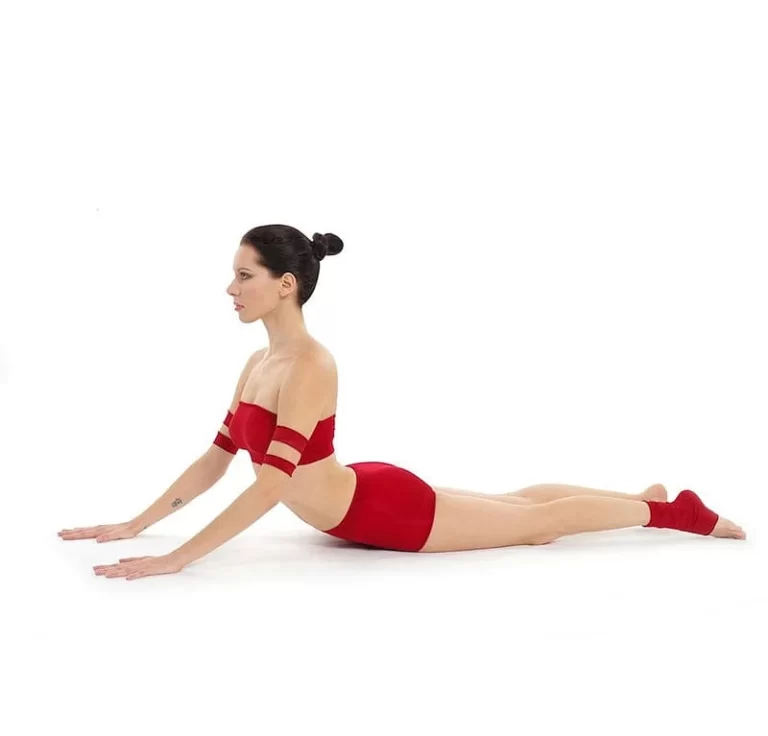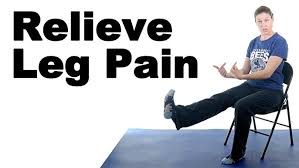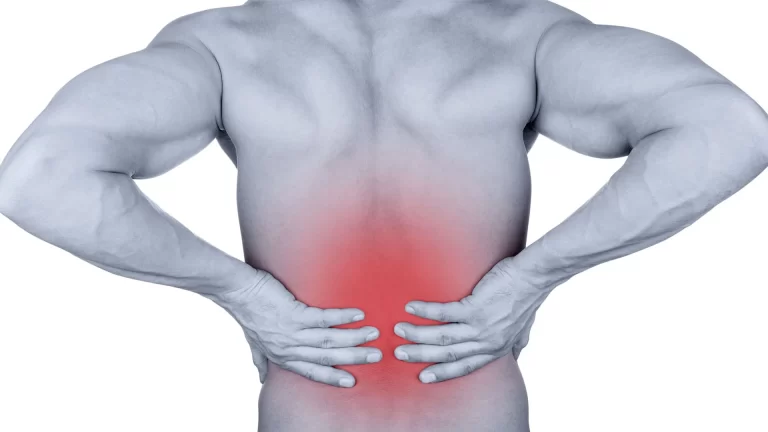Dandasana (Staff Pose)
Dandasana, also known as Staff Pose, is a foundational seated yoga posture that serves as a starting point for many other seated poses. Derived from the Sanskrit words “Danda,” meaning “stick” or “staff,” and “Asana,” meaning “pose,” Dandasana emphasizes proper alignment and posture.
This pose is essential for building strength and awareness in the core, back, and legs while promoting balance and stability. It also helps to cultivate mindfulness and focus, making it an integral part of any yoga practice. By mastering Dandasana, practitioners can improve their overall posture and prepare their bodies for more advanced asanas.
Table of Contents
Description:
The asana is entered from a seated position with the legs extended forward. The palms or the fingertips (if the palms don’t reach) should be rested on the ground on either side of the body.
The upper body should be extending upward through the crown of the head, and the back should be completely perpendicular to the ground (as though sitting against a wall). If this is not possible, a block may be placed underneath the sitting bones.
The entire core should be engaged and ujjayi breath active throughout this asana. The legs should be squeezing together, and the toes should be pointing inwards toward the body. It may even be possible to create space between the heels and the ground by activating the leg muscles.
This asana is sometimes followed by Paschimottanasana (forward fold).
Benefits
This asana is believed to help improve digestion, prevent sciatic pain, stretch and activate the muscles of the legs, and prevent tiredness in the feet and calf muscles.
Strengthens:
Human back.
Stretches:
Thorax, Shoulder.
Pose type:
Seated.
Indication:
Dandasana is the foundation of many seated yoga poses and practicing this pose, before one goes along with the practice of other seated poses, is important. Some of the main benefits derived from the right way of bringing the practice of Dandasana is given below.
-Lengthens the legs:
In this pose, one needs to bring the legs stretched out completely from the upper thighs to the tips of the toes. This stretch ensures the entire back of the legs is close to the floor and gradually lengthens the legs toning them.
-Body Awareness:
This posture works on creating awareness in the body. One needs to make sure that the entire weight of the body is not at the hips but evenly spread out carrying it to the chest and the thighs. This conscious effort brings awareness to the entire body.
-Stretches the back muscles and strengthens them:
Expanding the upper body upwards and the lower body forward brings a lot of stretch to the lower back close to the hip and hence this stretches the back muscles, toning it and strengthening it.
-Teaches you to sit properly and keeps you grounded:
Dandasana gives you the feeling of grounding as the hips need to be flexed well enough to keep the torso perpendicular to the floor like most seated yoga poses but Staff Pose (aka Dandasana) is where the initial practice begins. This will further improve the posture.
-Increase the flexibility of the hips and pelvis:
As the main focus in this pose is bringing the torso perpendicular to the floor, a lot of strength is required at the hips to help support the back hence this builds flexible muscles around the hips and at the pelvic muscles.
-Core strength:
This posture can be used at the advanced level to strengthen the core by just being seated in Staff Pose. The abdominal area muscles can be worked at and strengthened.
Contraindication
As this is a very simple seated pose, not much can be spoken about contraindications. But one can say that if the thighs hurt during stretching and also cause sciatica, or if the lower back does not give the support and is extremely stiff, then one could take precautions while practicing this pose.








6 Comments